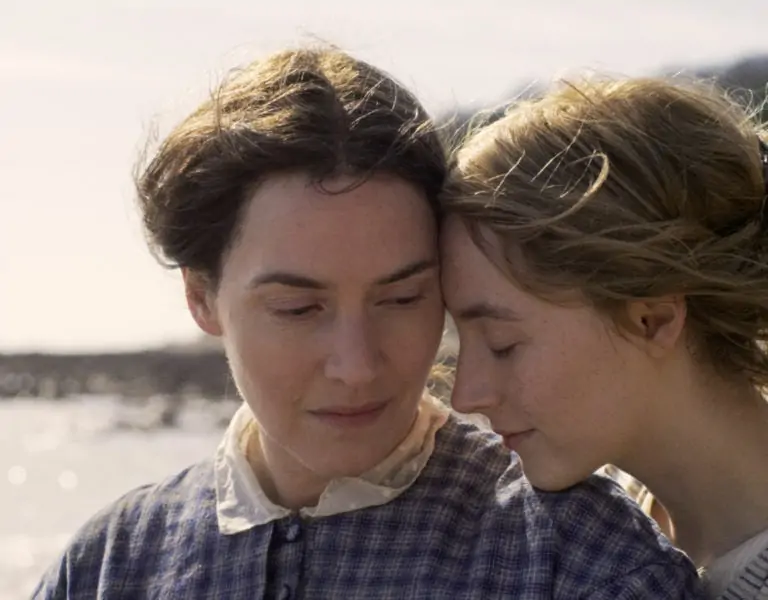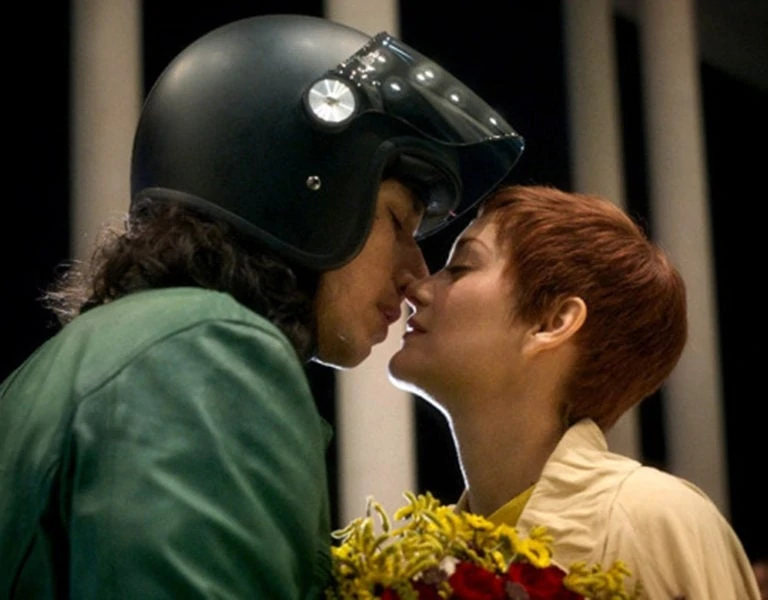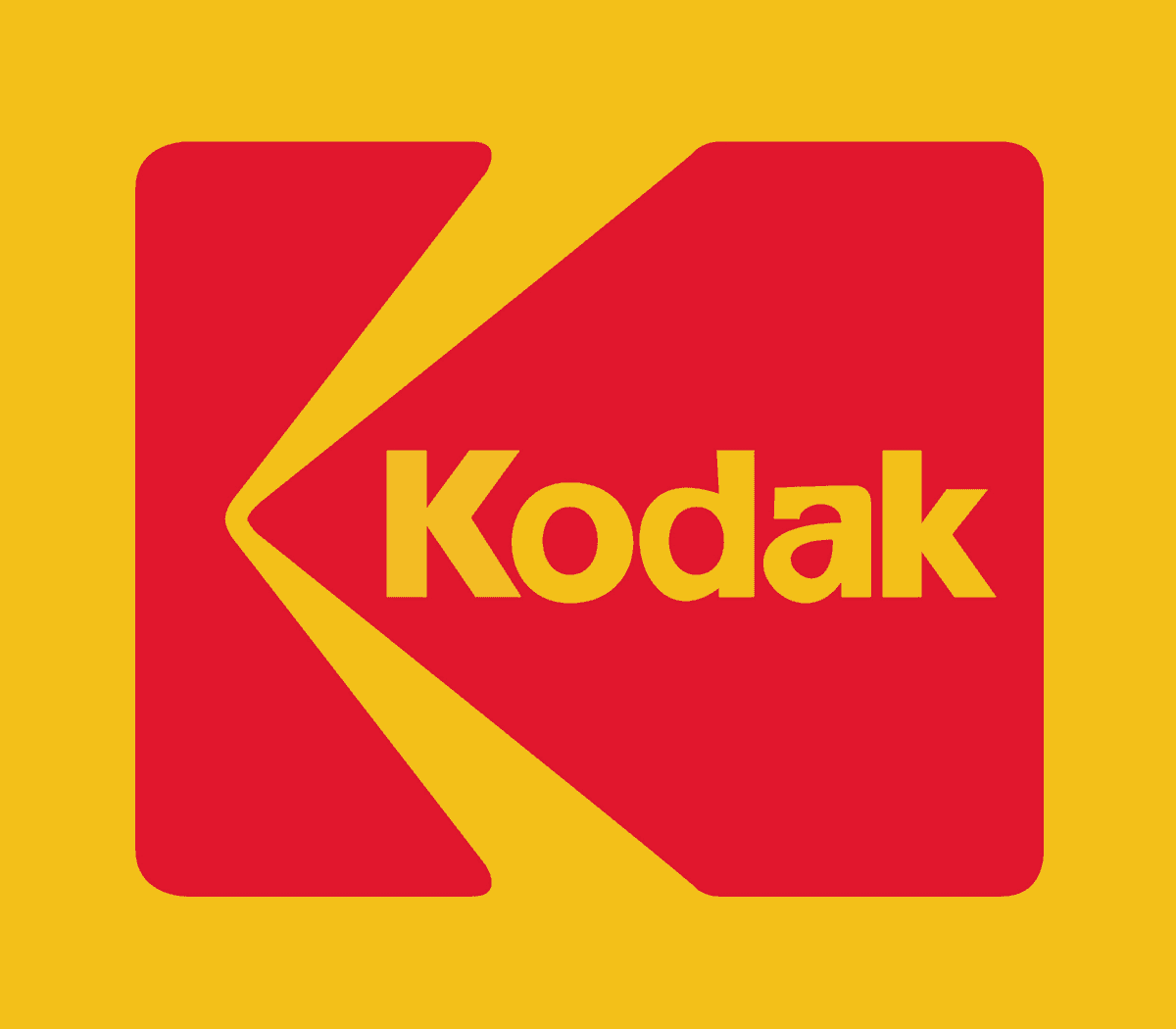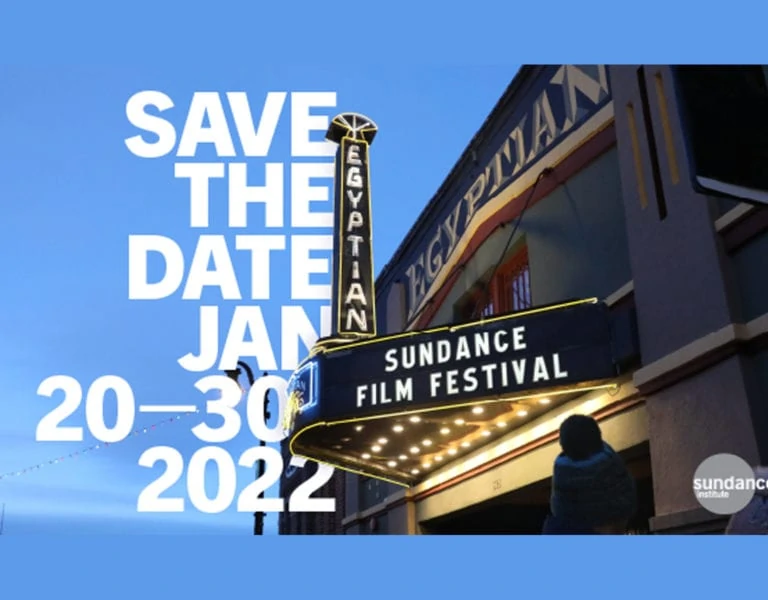Box clever
Innovator / FilmFabriek
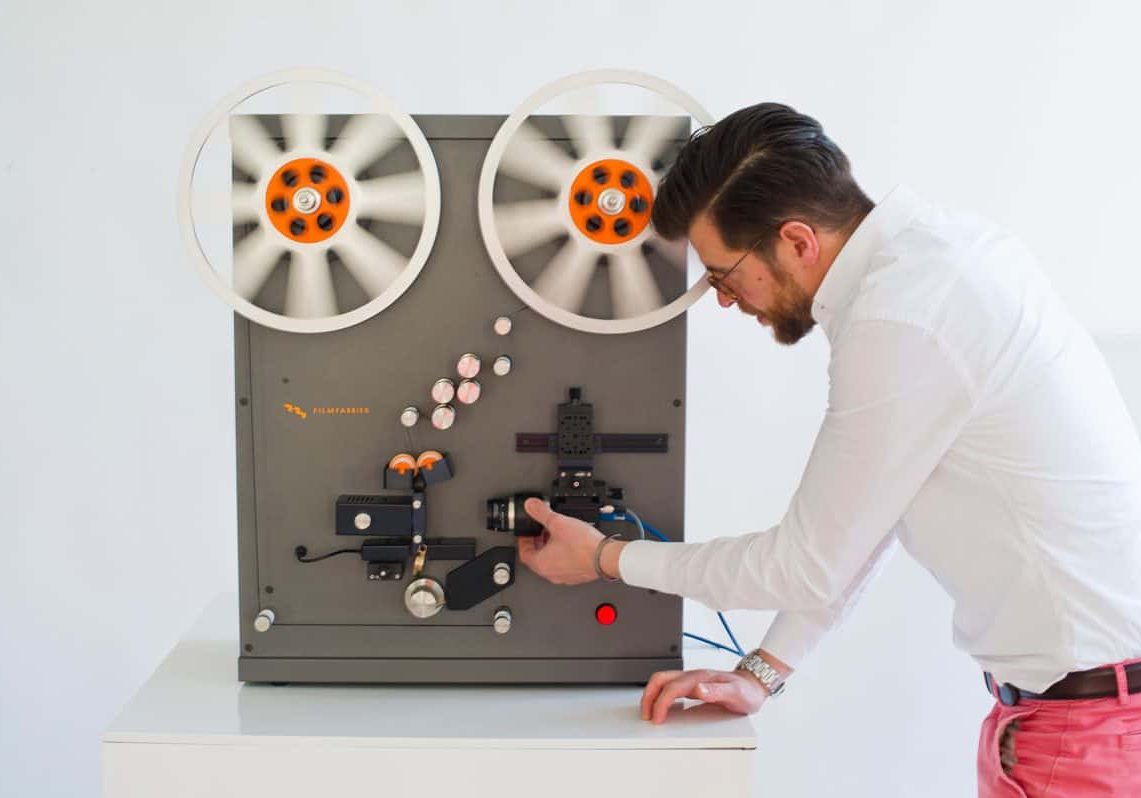
Box clever
Innovator / FilmFabriek
BY: Adrian Pennington
If Apple made film scanners, they might look a lot like this. FilmFabriek’s new HDS+ machine, on display at IBC 2016, exudes attention to detail – from the metallic powder coating of its laser-cut 1.5mm steel housing, to the light source which is tuned to extract the maximum dynamic range from damaged, brittle or otherwise lost celluloid archives. The Dutch company behind it clearly care about film with a passion born out of a simple appreciation for image quality.
“While there is so much film available, traditional methods of viewing film are lost,” says Leon Joanknecht, founder and CEO. “It is like finding a library full of books which no-one is able to read. Our goal is to make old films visible again at the best quality. We would like to provide film products that can be operated by the young digital generation.”
Joanknecht was working in finance when his parents asked him if he could transfer their home movies from Super8 to digital.
“I was happy to do this of course and relive past birthdays and holidays featuring me and my brother and sisters – the usual home movie collection. But video just wouldn’t do it justice,” he says. “More and more now I detect a strong revival of film. In an era where content is everywhere, the beauty and depth of 8mm and 16mm footage from the twenties to the eighties is something special. People will watch it instantly. Moreover, all early footage was shot by people who carefully thought about each shot, as film was – and remains – expensive. This further extends the quality of film, compared with unlimited and inexpensive digital video.”
Despite possessing no specialist knowledge of film, or the film industry, Joanknecht instinctively knew there had to be a better way. “The resolution of digital can be higher, but the depth of film will always be unbeatable. Film is special.”
His research led him to Daan Müller, a Dutch inventor who had designed a frame-by-frame film scanner. “As soon as I saw it I knew that this was the way to capture film,” says Joanknecht.
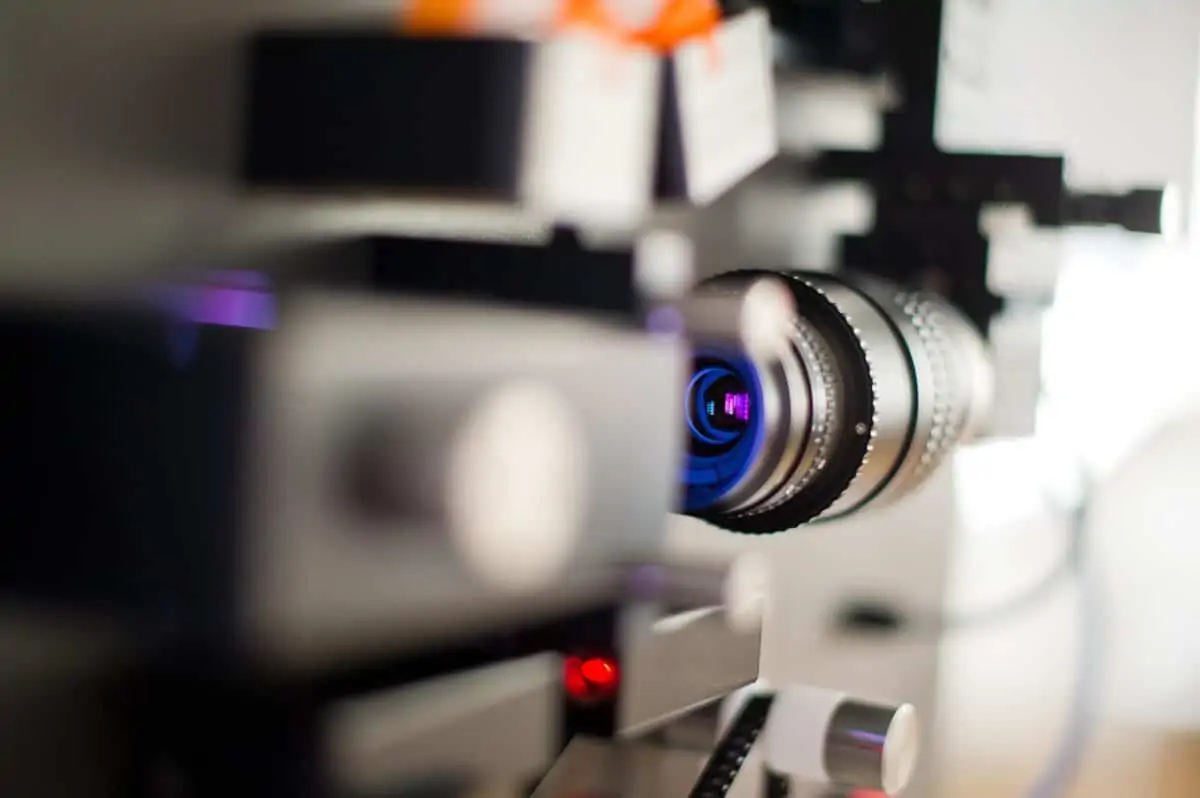
In 2011 he acquired the intellectual property and together with colleague Roel Eckhardt established FilmFabriek, in the appropriately titled ‘Cool District’ of Rotterdam, using his knowledge of business administration to take the product to market.
Tragically, a year into the process, Müller passed away. “We could no longer rely on the one true expert for this technology,” says Joanknecht. “This forced us to learn how to innovate the product ourselves.”
The first model was based on image capture only; it couldn’t digitise sound, which limited the product’s appeal.
“We were challenged to innovate new sound heads for the scanner,” says Joanknecht. “We could have acquired them from another manufacturer but, even if they wanted to licence to a competitor, this may well have cost us too much.”
It took the young firm three years to engineer their own magnetic and optical sound recording heads from scratch during which time they also began the search for the perfect light source to illuminate the film. The unit digitises 8mm (regular 8 and Super 8), 16mm film gate (16 and s16) and 9.5mm Pathé reels.
“The lighting solution is key to many problems regarding film scanning,” explains Joanknecht. “Film has an unbelievable dynamic range which is extremely hard to match with any digital sensor. To capture as much as possible of the dynamic range of the film on the digital sensor, the calibration levels of the light have to be as accurate as possible.”
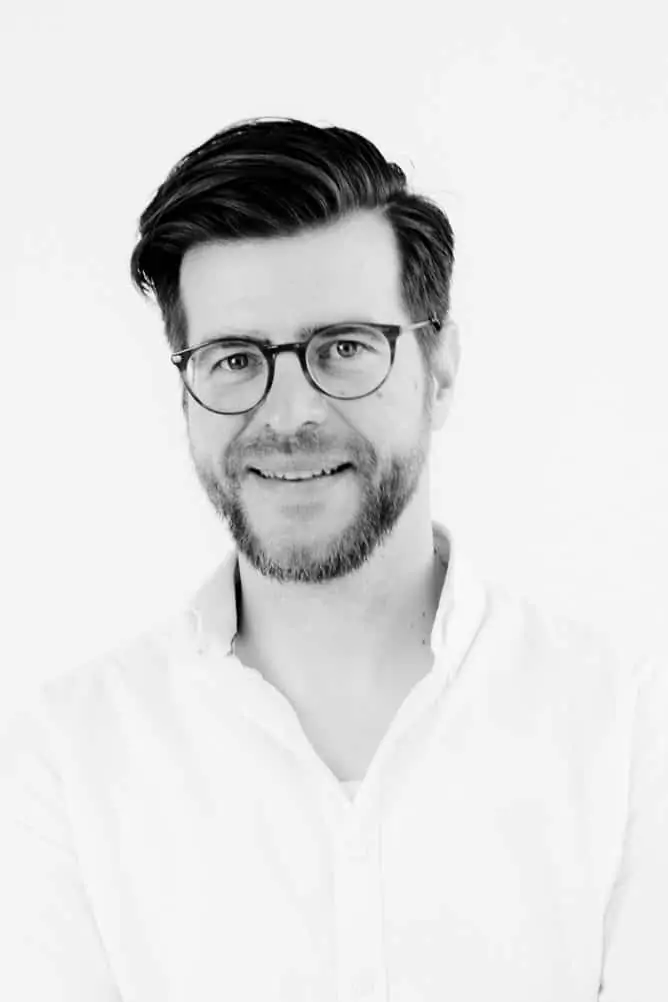
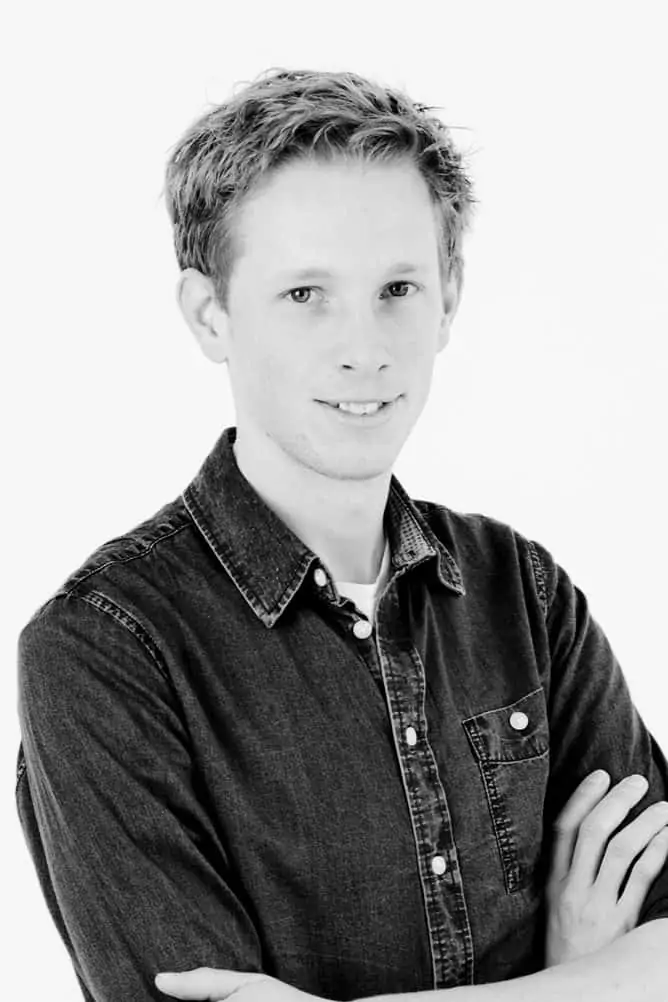
"While there is so much film available, traditional methods of viewing film are lost. “It is like finding a library full of books which no-one is able to read. Our goal is to make old films visible again at the best quality."
- Leon Joanknecht
Joanknecht’s search took him to England and the expertise of Frank Vine of Cine2Digits. Vine’s technology uses LEDs which are only switched on during a frame exposure. The period for which they are switched on determines the colour balance of the exposure as the camera shutter is held open for the longest of the three (RGB) channels. The Cine2Digits software correctly exposes scenes automatically during scanning.
“If the red pixels of the image are over exposed, for example, then a signal immediately tells the system to reduce the level of red light,” explains Joanknecht. “If the blue pixels are underexposed then a signal is sent to the head to increase the amount of blue light. This constantly utilises the full dynamic range of the sensor to give lower noise, less banding and more detail in the shadow areas.”
The HDS+ scanner has been sold all over the world for restoration of archives. Customers include The Internet Archive and Yale University in North America; Haghefilm Digitaal in Amsterdam; Switzerland’s Archive de Lausanne and Cinegrell; Filmfabrika in Moscow; Norway’s Filmtek AS, ZERO i U (Spain); Studio Multimediale (Italy) and Retro Enterprises (Japan).
“Our clients are scanning film which is often 50 and sometimes 70 years old, and this material is very brittle and tends to tear. So we gave ourselves the challenge: How can we make a scanner that handles fragile media delicately?”
FilmFabriek’s response is a design without sprockets and grabbers for capture of the most fragile and shrunken film with adjustable tension control. PTR rollers are included to remove dust and dirt from the film. Equally important is the use of a wet gate, “by far the best way to digitise damaged film, especially film which has suffered a lot passing through projectors.”
FilmFabriek uses a film cleaner, to fill the scratches and vertical lines in the film emulsion. The high percentage of alcohol ensures that the fluid evaporates before it winds up on the reel again.
“If you fill with the correct fluid and use the same reflective index as that of the film then 90-100% of the lines are gone and the film will look as fresh as if it were shot yesterday,” he says. “If you use wet gate on Kodachrome 8mm from the ‘70s it will look like cinematic 16mm.”
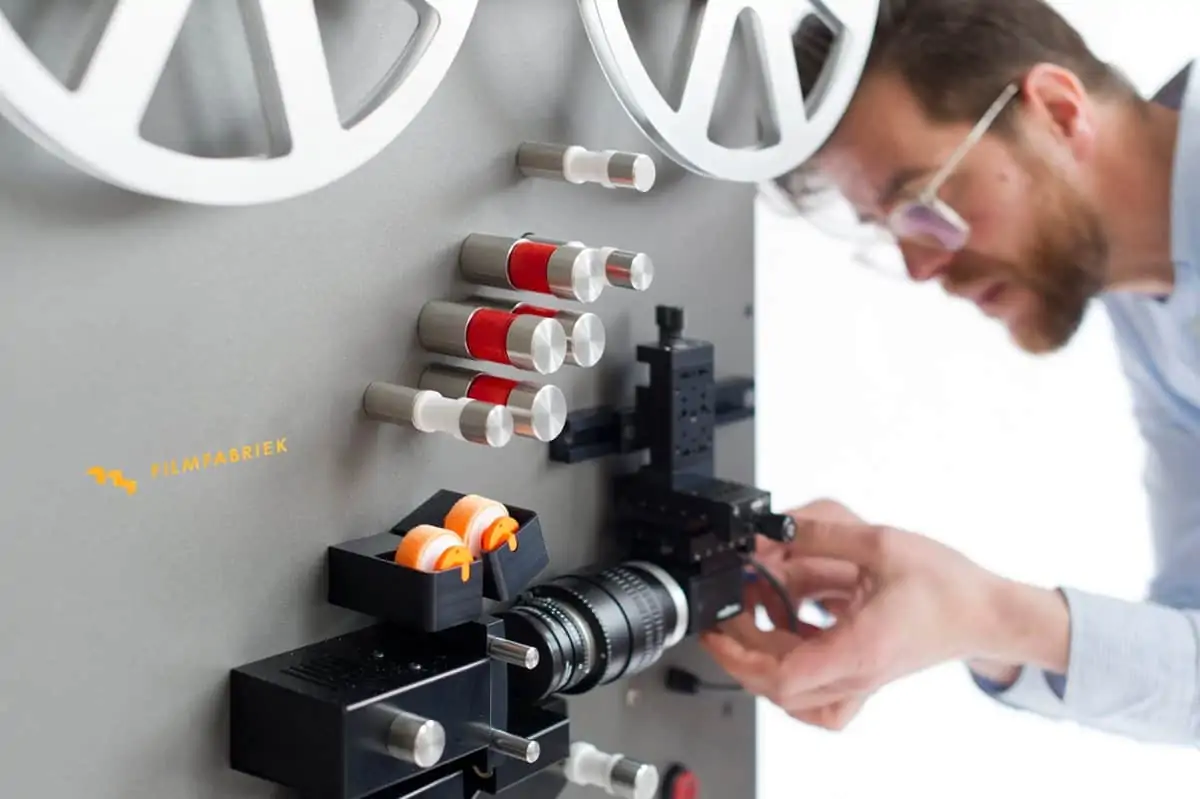
FilmFabriek’s team, including R&D engineer Koen Gerrits, are as enthusiastic about film as its founder. Deliberately so. “I want to work with a small, strong team of people who see difficulties as a challenge. My team are all young people, talented engineers, who have never worked with film before, but they are passionate about listening to film people and experiencing film.”
He adds, “We’re not aiming to become the biggest company. I want to have a work atmosphere where people work in a small team and so I try to look for the best suppliers from metalwork to cameras. I want to offer the best image quality, and best build quality at the most affordable price. Many companies only focus on two of those at optimum.”
Remarkably, the FilmFabriek HDS+ costs just 20,000 Euros. Wanting to concentrate on further innovation, Joanknecht is on the hunt for a network of resellers in Europe and the US which can also offer first class support.
“We get a lot of requests asking us to build a 35mm machine but I believe there are many good 35mm scanners for example from ARRI or DFT, so this is not my goal,” he says – although he is mulling the niche opportunity to develop a 65mm scanner. “It will be a very small market but it would also be fun to come up with great new product,” he says. “It’s also great that Kodak is re-introducing the Super 8 camera and their high quality films. With our scanner, we are able to fully show the quality of film in the digital era. I will be really honoured when our scanners begin to digitize these fresh films.”
